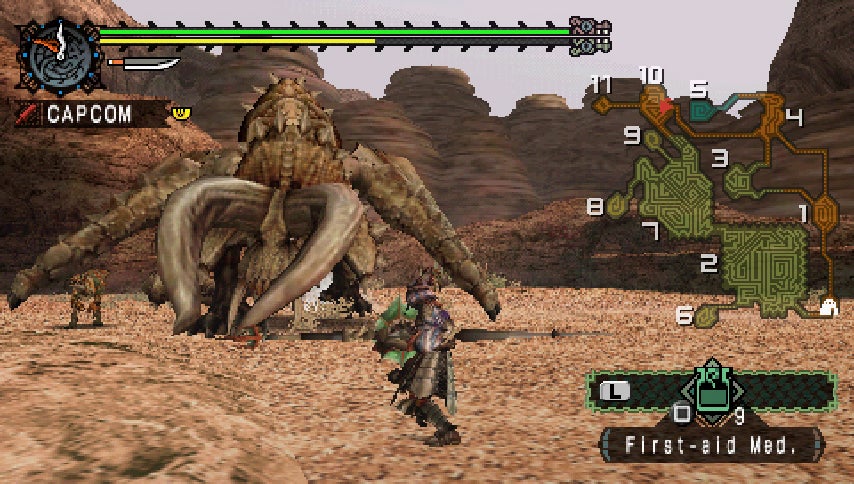Why the time is finally right for Monster Hunter to take on the World
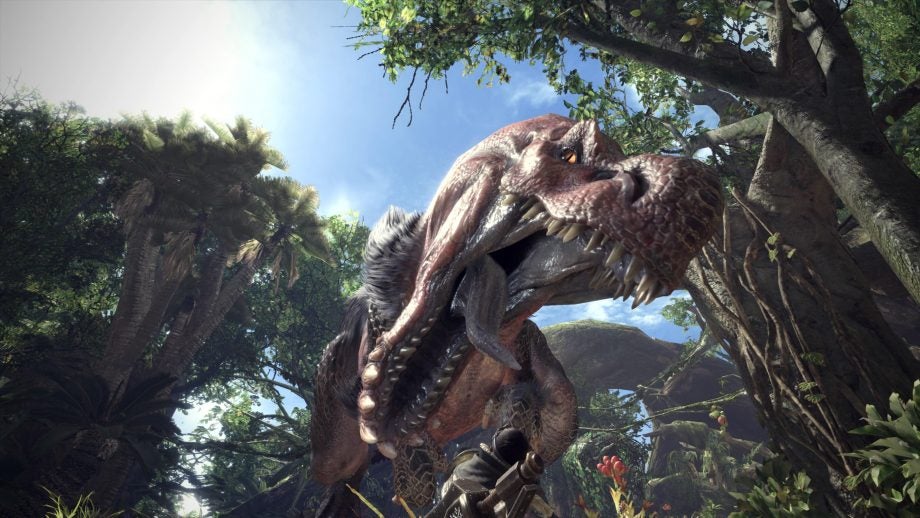
Gargantuan in Japan, not so monstrous over here, is it time for Monster Hunter to go global?
When Monster Hunter World launches next Friday it faces heavy expectations. The series has sold phenomenally well in Japan for over a decade, yet has consistently and conspicuously failed to make its mark in the West. It’s not that the series doesn’t have its fans over here – 2016’s Monster Hunter 4 Ultimate sold over one million copies in the US and Europe – but it’s never been a blockbuster on the scale of Dark Souls, let alone a Final Fantasy or Resident Evil.
That’s strange for a series that, in its home territory, outsold The Legend of Zelda, Resident Evil, Pokémon and Mario Kart to become the number one selling game in the first half of last year.
Pre-order Monster Hunter World from Amazon UK | Amazon.com
Why isn’t Monster Hunter bigger here, and why could Monster Hunter World finally change that? To understand, we need to take a closer look at Capcom’s series and what Monster Hunting is really all about.
Related: E3 2018 latest news
Origins of the Species
Monster Hunter was initially developed as a bit of an experiment for Capcom. Designed, like Resident Evil: Outbreak and Auto Modelista, to see whether there was an appetite for online gaming on the PS2. Back in 2004 this was something all the big publishers questioned. While PC gamers were getting stuck into online shooters and MMORPGs, only Final Fantasy XI, Phantasy Star Online and the SOCOM series had much success in building a player base online.
As it was, the answer to Capcom’s question seemed to be a big fat no. Sales weren’t disastrous – both Monster Hunter and an expanded version, Monster Hunter G, sold a million copies – but something didn’t quite click. Monster Hunter only really blossomed when you played with friends, yet high monthly charges to play the game online meant that the player base simply wasn’t there.
But then something surprising happened. A version of Monster Hunter, Monster Hunter Portable, was released for Sony’s new PSP. This was at a time when the PSP was losing its initial momentum, with Nintendo’s quirky DS outselling it around the world. Monster Hunter Portable wasn’t quite a killer app for PSP, but in Japan word spread about this strange monster-slaying game, where players could gang together and kill giant beasts using the handheld’s ad-hoc local Wi-Fi connectivity.
People were playing it with colleagues, friends and even strangers, outside in the park, on the train or in the office after work. It wasn’t unknown for people to play Monster Hunter at parties. Slowly, almost imperceptibly, Monster Hunter became a Japanese social gaming phenomenon.
Related: Upcoming PS4 Games
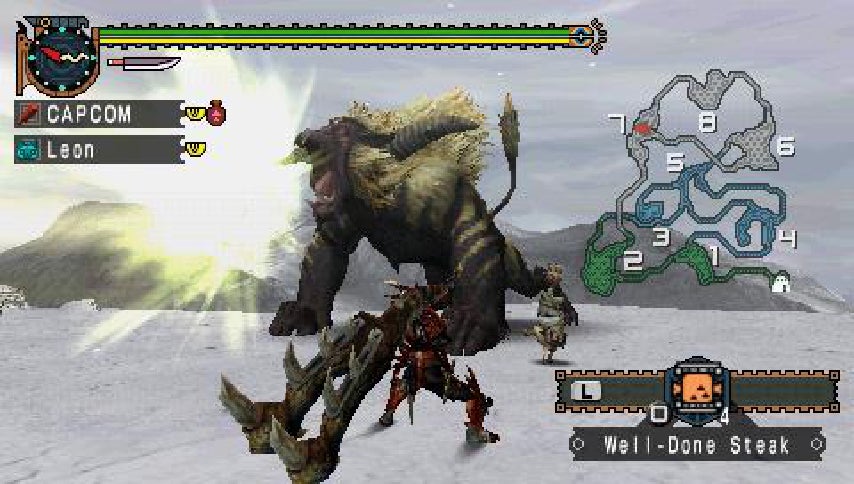
How big a phenomenon? Well, when Monster Hunter Portable 2 launched in February 2007 it sold 500,000 units on day one. An expanded version, Monster Hunter Portable 2nd G (Monster Hunter Freedom Unite in the West) sold 670 thousand copies on the first day of release and a million copies within the first week.
What’s more, on the week of release, Monster Hunter Portable 2nd G helped the PSP to outsell nearly every other console combined, with some 129,986 handhelds flying off the shelves. Its sequel, 2010’s Monster Hunter Portable 3 is still Capcom’s fifth biggest-selling game ever, behind only Resident Evil 2, 5 and 6 and Street Fighter II.
Why we don’t get Monster Hunter
In the West, where sales haven’t been nearly as substantial, we’ve often been mystified by the appeal. To be honest, Monster Hunter has always been a bit weird. The learning curve is steep and intimidatingly enormous. In the early games it takes hours before you even get a chance to fight something worth the battle.
The movement and even the combat can seem clunky, while success involves mastering an overwhelming range of systems, not to mention an unwieldy interface. When new mechanics appear – the swimming in Monster Hunter Tri, the vertical drops and mounting moves in Monster Hunter 4 Ultimate – they haven’t always felt ready for public consumption.
The West is also very different from Japan. Local wireless gaming has never taken off here in the way that it has over there, and even fans used to struggle to find anyone to play with. What’s more, while we’re happy to play with strangers over the Internet, we’re not so keen on doing it outside or on the train. Monster Hunter became massive in Japan because everyone was playing it, and to be playing something else was to feel excluded. Over here, Monster Hunters have been in the minority.
Yet, in missing Monster Hunter’s appeal, Western gamers have sometimes missed the point. This was one of the first games where mastery of weapons and a weapon-specific strategy really counted. You have to learn how to wield a Great Sword, Hammer or Bowgun. You also have to learn how to use them against specific monsters, working out their tells, their weak points, their favoured habitats and their habits.
In a sense it’s a precursor to Demon Souls and Dark Souls, but you can also see the influence of Monster Hunter’s approach to weapons and armour in Legend of Zelda: Breath of the Wild, not to mention the emphasis on ingredients and cooking in both that game and Final Fantasy XV.
Related: Best Xbox One Games
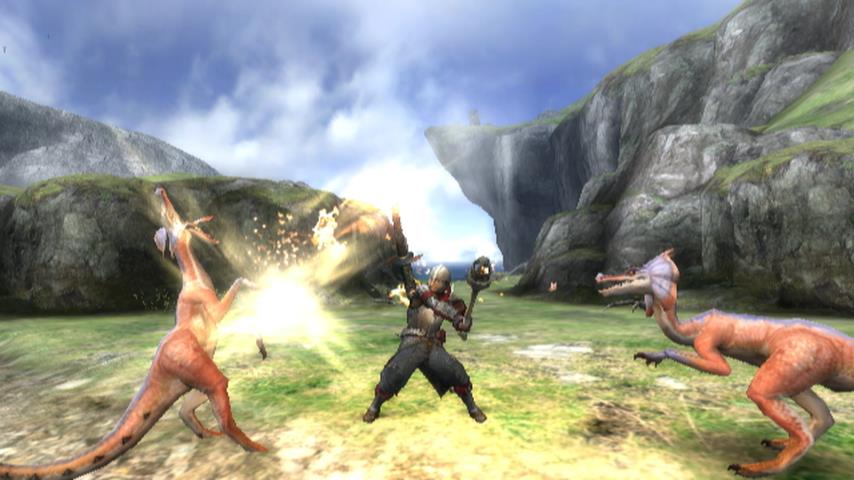
Playing Monster Hunter does take patience plus a willingness to discover and explore. Simply running in and swinging a sword around will get you killed. And while great played solo, Monster Hunter has always been best experienced in groups, where your team-mates can make up for your fumbles and where everyone is working together for a common goal.
As producer Ryozo Tsujimoto told Eurogamer before the launch of Monster Hunter 4, ‘You go out on a quest and you all go together and you take down the monster together and you all share the rewards. It doesn’t matter who did what in the end. The game doesn’t break down who did the most to kill it and then give that person more things. And the ones who didn’t participate aren’t denied the rewards. It’s a group effort.’
It’s this feeling of group achievement – or of tracking and taking down a monster solo – that has made Monster Hunter what it is today. In fact, you could argue that it was ahead of its time. Perhaps we’re better equipped to enjoy Monster Hunter now, in a post-Dark Souls, Destiny and survival sim world.
Related: PS5 latest news
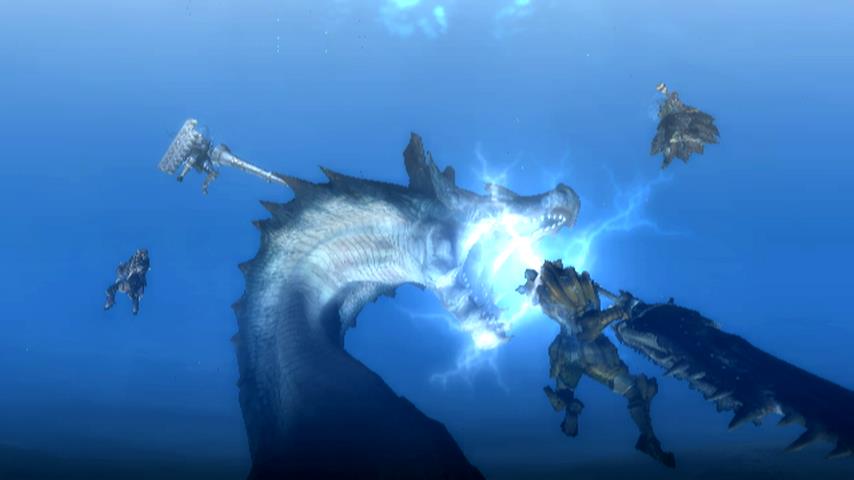
Into The Nintendo Era
The last nine years have seen the main chapters of the series become Nintendo exclusives, with Monster Hunter Tri on the Wii in 2009 followed by Monster Hunter 3 Ultimate on 3DS in 2011 and Wii U in 2012, then Monster Hunter 4 (2013/2014) and Monster Hunter Generations (2016), Each of these games has tried to extend Monster Hunter’s appeal by introducing a stronger narrative, adding more tutorials and softening the learning curve.
Monster Hunter Tri and 3 Ultimate are the key titles of this era, appearing across the Wii, 3DS and Wii U. With Monster Hunter Tri the team went out to Brazil and Hawaii, looking for inspiration for the game’s tribal cultures and pseudo-Jurassic realms. They refined the systems to make the combat and movement more responsive and tactile.
The result was the most welcoming Monster Hunter yet, but still a taste not easily acquired. Monster Hunter 4 took things further, adding more vertical environments and ways to use them, while making the single-player experience more compelling. Even so, as a 3DS exclusive in the PS4/Xbox One era, it still didn’t get the attention it deserved.
Related: Best RPG Games
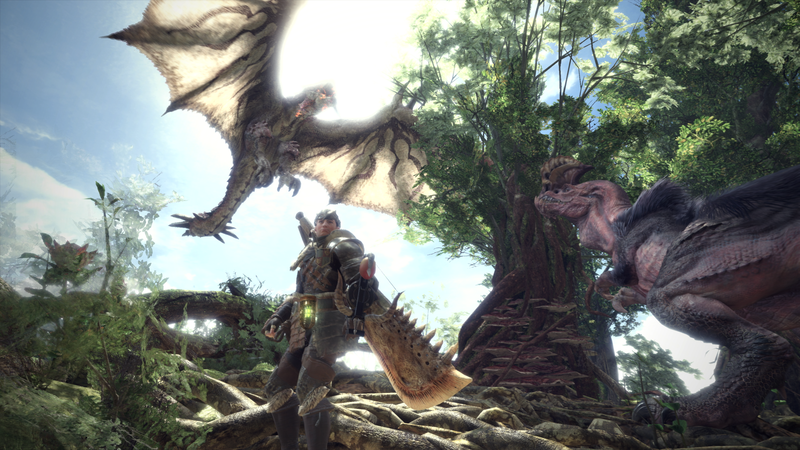
Why could Monster Hunter World change that? Partly because it’s escaped the limitations of the 3DS, Wii and Wii U, so that we finally get the beautiful-looking, fully HD/4K Monster Hunter that fans have asked for throughout the Nintendo era.
What’s more, Monster Hunter World ditches one of Monster Hunter’s biggest aggravations; the way each area is made up of a number of small, discrete locations, linked by paths and climbs, but with the move to each one punctuated by a brief pause. When you’re out on the trail of some hulking, razor-clawed creature, this kept pulling you out of the action and made it feel artificial and unconvincing. With each area its own seamless environment, the experience is so much more immersive.
Pre-order Monster Hunter World from Amazon UK | Amazon.com
Most of all, there’s plenty of evidence from the betas that the team has sorted out the tutorials and done a better job of layering them into the game, making it more accessible and giving you advice when you need it most. If all goes right you’ll no longer need a friend or an FAQ to make any headway while still retaining the series’ legendary strategy and depth.
We won’t know for sure until the final review, but when even Monster Hunter noobs like TR’s Games Editor Brett Phipps are excited, the signs have to be good. It’s time for Monster Hunter to become a global obsession, so grab some friends, get kitted out and join the hunt.

